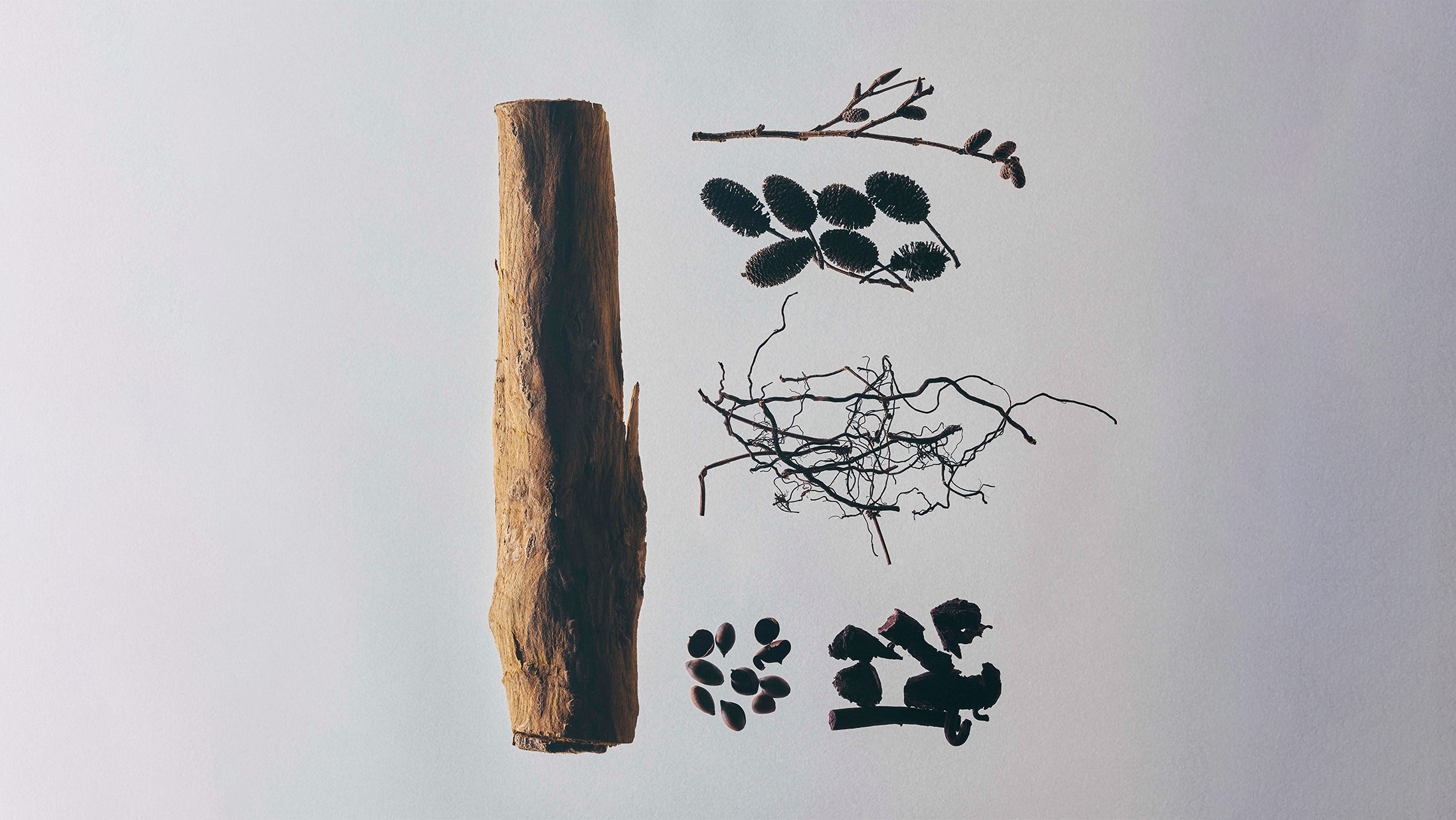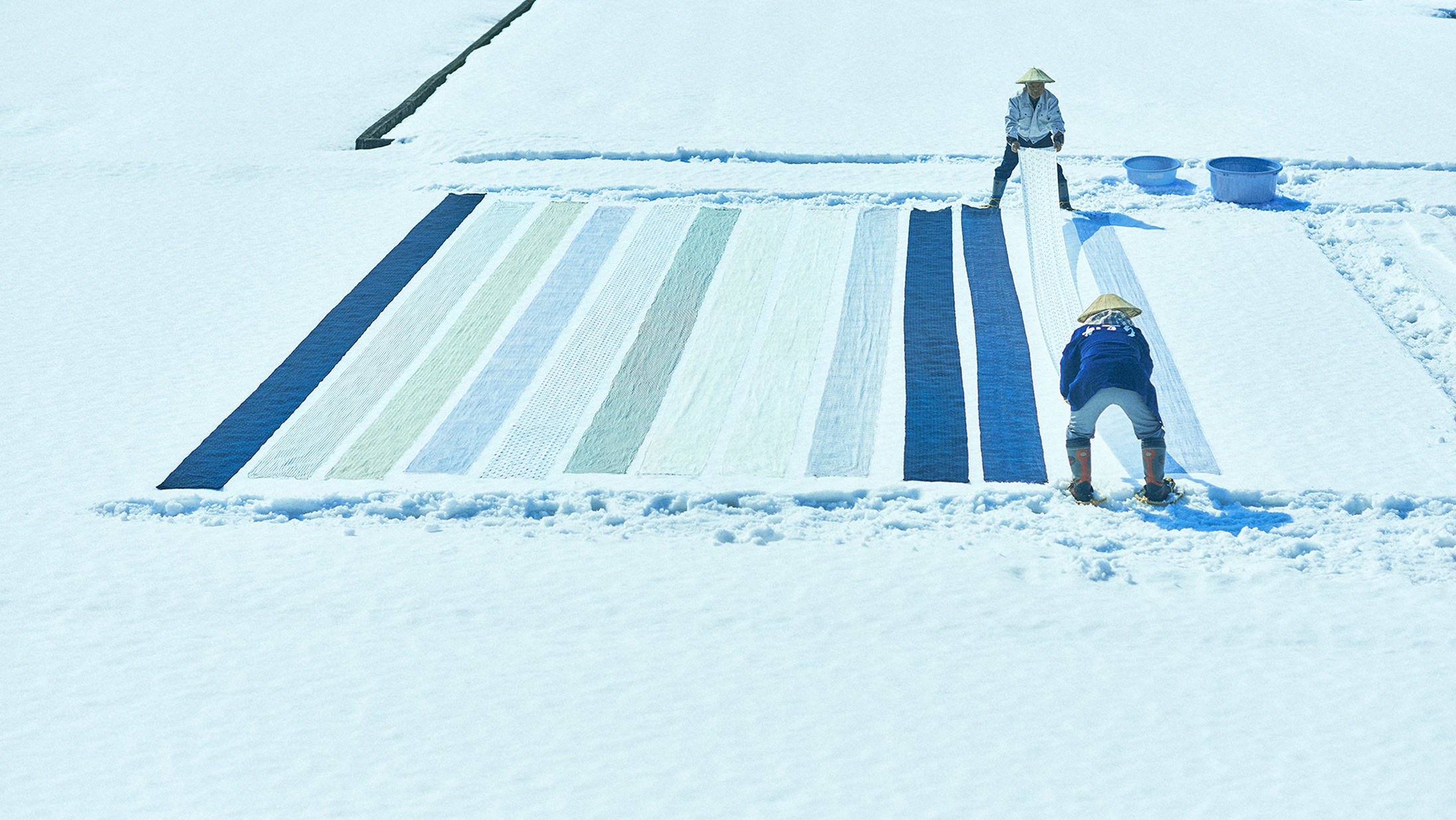
Reviving Ancient Plant Dyeing

The culture of dyeing and weaving has been nurtured in various parts of Japan since ancient times. In this culture, we can find the beauty of local nature, as well as each craftsman’s thoughts toward wearers of kimono and dyed textiles he or she produces. Understanding the local dyeing and weaving culture means understanding its nature, environment, and craftsmen’s stories.
Based on these ideas, we visited dyeing and weaving production regions throughout Japan, from Hokkaido to Okinawa, to interview and record the history of each area and the dyeing and weaving culture nurtured by its unique environment. We have taken and archived over 20,000 photos documenting each region’s natural environment, process of dyeing and weaving, people involved in the trade, and unique materials and tools.

As we visited the regions to research and deepen our relationships with local dyeing and weaving artists, we strongly felt that each area’s environment was what created its dyeing and weaving culture and nurtured the people involved in it. For example, Oshima tsumugi (pongee) from Amami Oshima is dyed deep black because it is dyed using the Oshima mud that contains a large amount of iron. Koginzashi embroidery from Tsugaru region was born out of the need to keep warm during long, harsh winter by stitching coarse linen garments with cotton threads. A dyeing and weaving culture vividly reflects each region’s nature, history, and environment. What we find in these cultures are the lands’ diversity and the story of the relationship between their people and nature.
As a curator of Japanese dyeing and weaving culture, we uncover the history of each production area and record, communicate, and preserve its culture.